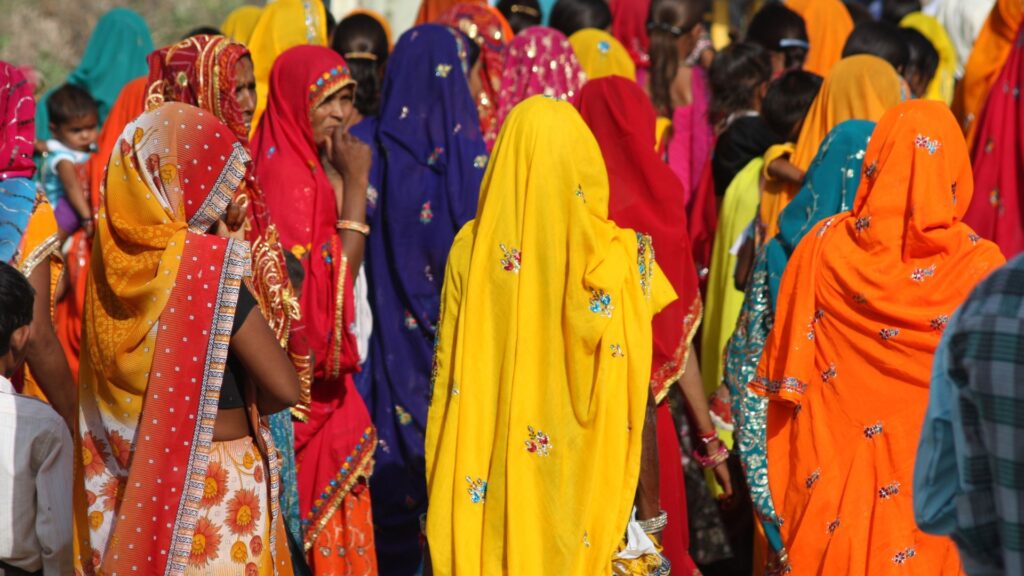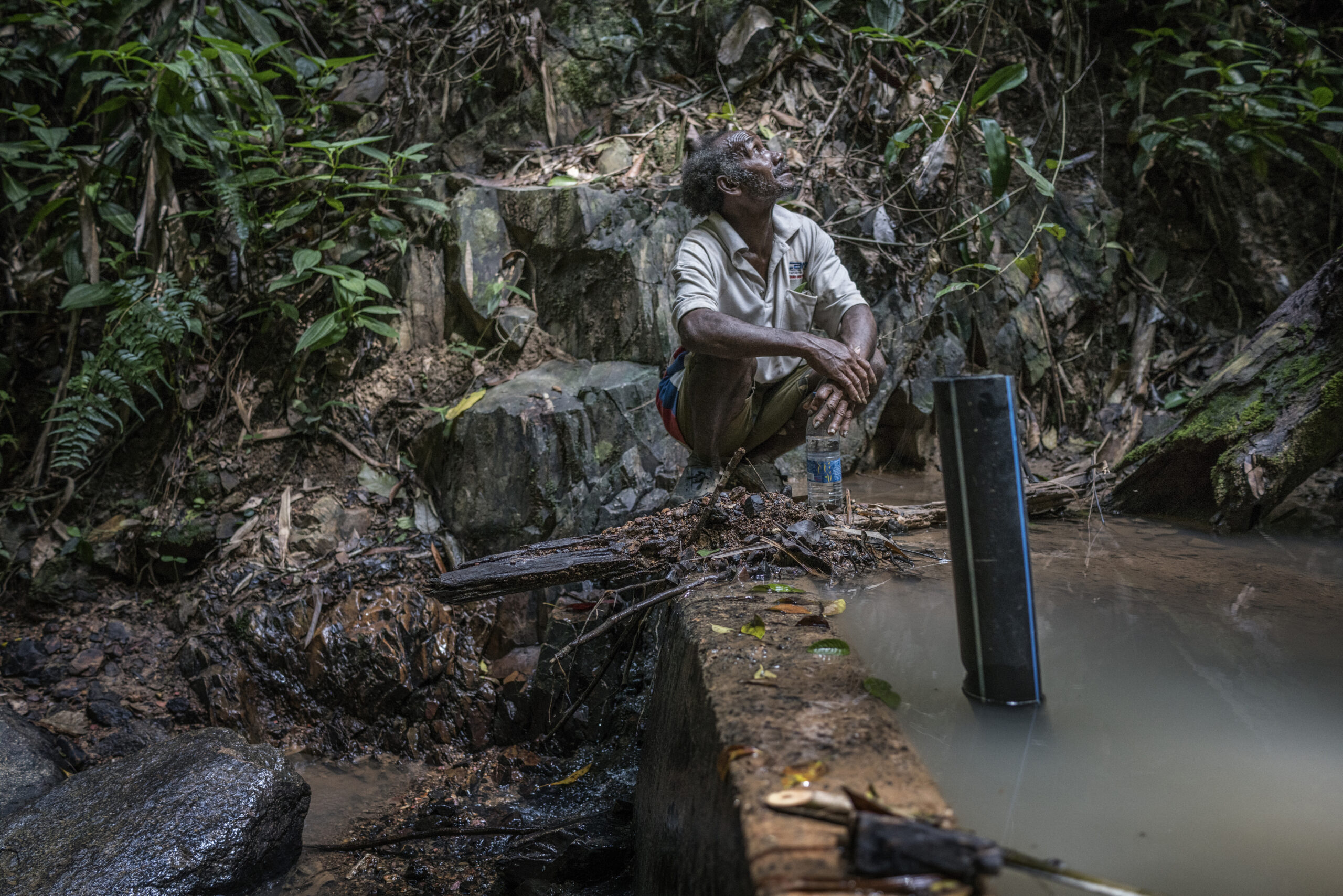Climate change in South Asia is fast becoming the region’s defining development challenge. According to the World Bank’s 2025 report, From Risk to Resilience: Helping People and Firms Adapt in South Asia, nearly 90% of South Asians could face dangerous heat by 2030 and nearly a quarter will face severe flooding, with households and small firms still ill-prepared for escalating shocks. With public finance stretched thin, adaptation and resilience will increasingly depend on private-sector innovation, from climate finance to insurance solutions.
What Are the Major Factors Affecting the Climate of South Asia?
The climate of South Asia is shaped by a mix of natural and human factors. Monsoon rains, Himalayan glaciers and vast river systems make the region highly dependent on predictable weather cycles, but rising greenhouse gases are disrupting these patterns. Rapid urbanisation, high population density and widespread poverty magnify risks. Sea level rise threatens low-lying coastal zones like Bangladesh’s delta, while glacial melt raises long-term concerns over water security. Together, these dynamics mean South Asia is on the front line of global climate change impacts.
Climate Change Impacts on Livelihoods
The human costs are already mounting. Extreme heat is reducing agricultural productivity and undermining labour capacity, with millions unable to work outdoors safely during peak hours. Severe flooding destroys homes, small businesses and essential infrastructure, wiping out years of development in a single season. Natural disasters in Asia already account for the majority of global disaster-related displacements, and South Asia is disproportionately affected. For rural farmers and urban informal workers alike, these shocks threaten income, food security and long-term well-being.
Extreme Heat, Sea Level Rise, Greenhouse Gases and a Changing Climate
From cyclones in the Bay of Bengal to droughts in Pakistan, extreme weather is intensifying under a changing climate. Record-breaking heatwaves in India and Pakistan in 2022 were made 30 times more likely by human-induced warming, highlighting how greenhouse gases are amplifying risks. Meanwhile, unpredictable rainfall has disrupted planting cycles, and stronger storms push coastal communities further into poverty. Without urgent adaptation, these extremes will only accelerate, deepening inequality and instability across the region.
Climate-smart Growth as a Pathway Forward
Amid these risks, South Asia has the opportunity to embrace climate-smart growth. This means embedding resilience into every sector: building climate-resilient infrastructure, shifting to renewable energy, investing in water and flood management and supporting climate-resilient agriculture. Initiatives like Ahmedabad’s “Heat Action Plan “— which deploys cool roofs, early warnings and public awareness campaigns — demonstrate how adaptation can save lives. Scaling similar programs across cities and rural communities would help protect millions from climate shocks.
Mobilising Climate Finance and Private-sector Solutions
With adaptation costs estimated at over 2% of regional GDP annually, climate finance is critical. Public budgets alone cannot meet this need. Mobilising private capital — through instruments like catastrophe bonds, parametric insurance and blended-finance models — can help protect vulnerable households and businesses. India’s large-scale crop insurance scheme shows how risk-pooling can stabilise incomes, while micro-insurance and digital tools could extend protection to underserved groups. Encouraging private investment in renewable energy and resilient infrastructure also creates jobs while reducing long-term exposure to climate risks.
Climate Adaptation and the Policy Agenda
While mitigation efforts, such as reducing emissions, dominate much of the policy debate, climate adaptation must take equal priority. Without resilient systems, climate shocks will erode progress in poverty reduction and sustainable growth. Governments can accelerate adaptation by improving social protection, incentivising private-sector participation and integrating climate risks into financial systems. Early warning systems, shock-responsive safety nets and robust urban planning are all measures that yield both resilience and development dividends.
From Risk to Resilience
South Asia stands at a crossroads. The escalating impacts of climate change demand urgent and decisive action to protect nearly 2 billion people. By combining climate finance, renewable energy, innovative private-sector solutions and inclusive policies, the region can shift from vulnerability to resilience. Climate change in South Asia is not a distant threat — it is already reshaping lives and economies. The question is whether adaptation will be prioritised quickly enough to secure a safer, more resilient future.
Sara Siddeeq
Sara Siddeeq is a climate and energy writer with bylines in New Energy World, Climate News Australia, and Batteries and Energy Storage Technology (BEST) Magazine. She specialises in covering clean energy, carbon markets, and climate resilience, bringing clarity to complex topics. Sara holds a qualification in Communicating Climate Change for Effective Climate Action and is passionate about data-driven climate storytelling.
Sara Siddeeq is a climate and energy writer with bylines in New Energy World, Climate News Australia, and Batteries and Energy Storage Technology (BEST) Magazine. She specialises in covering clean energy, carbon markets, and climate resilience, bringing clarity to complex topics. Sara holds a qualification in Communicating Climate Change for Effective Climate Action and is passionate about data-driven climate storytelling.

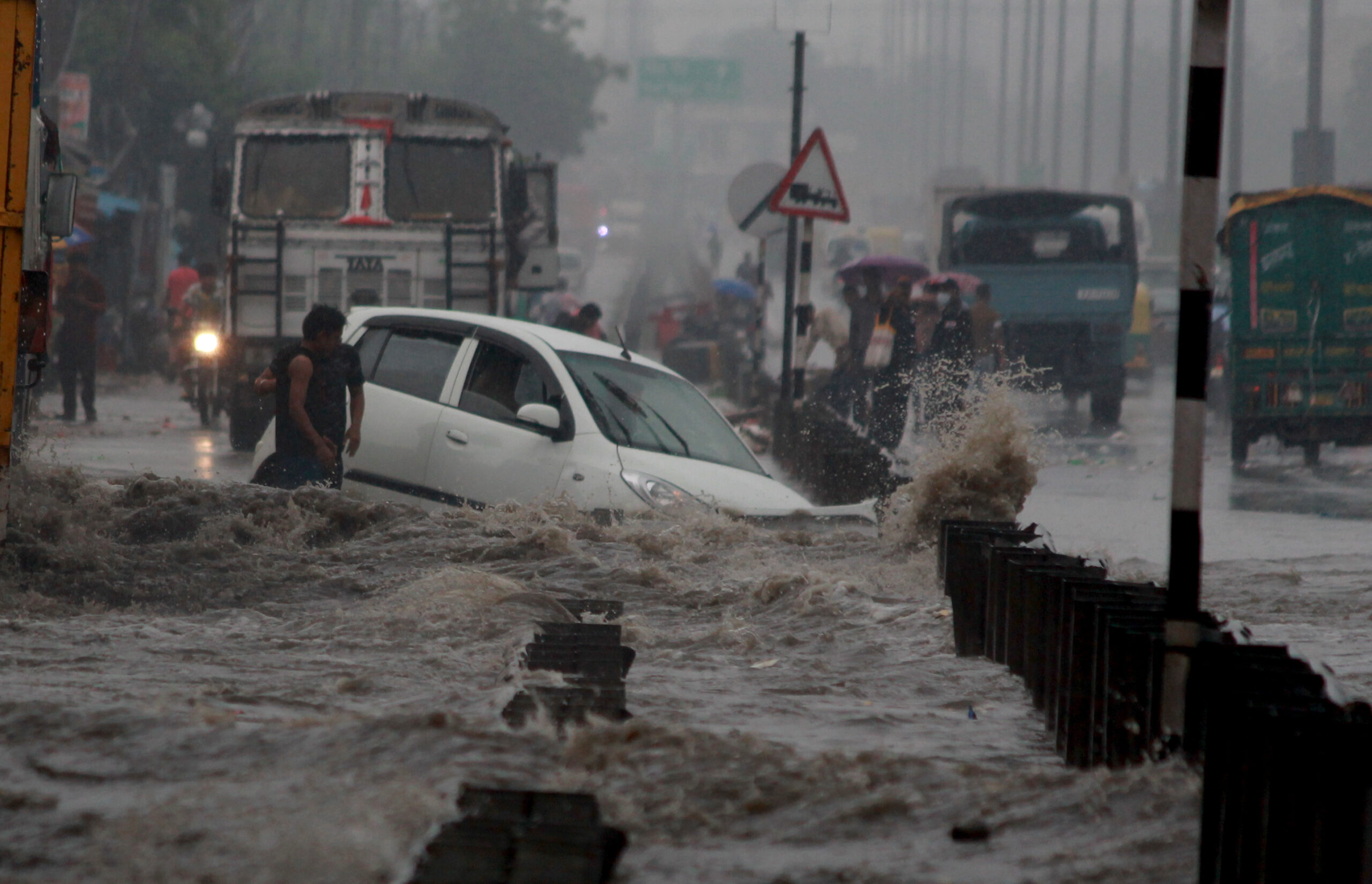

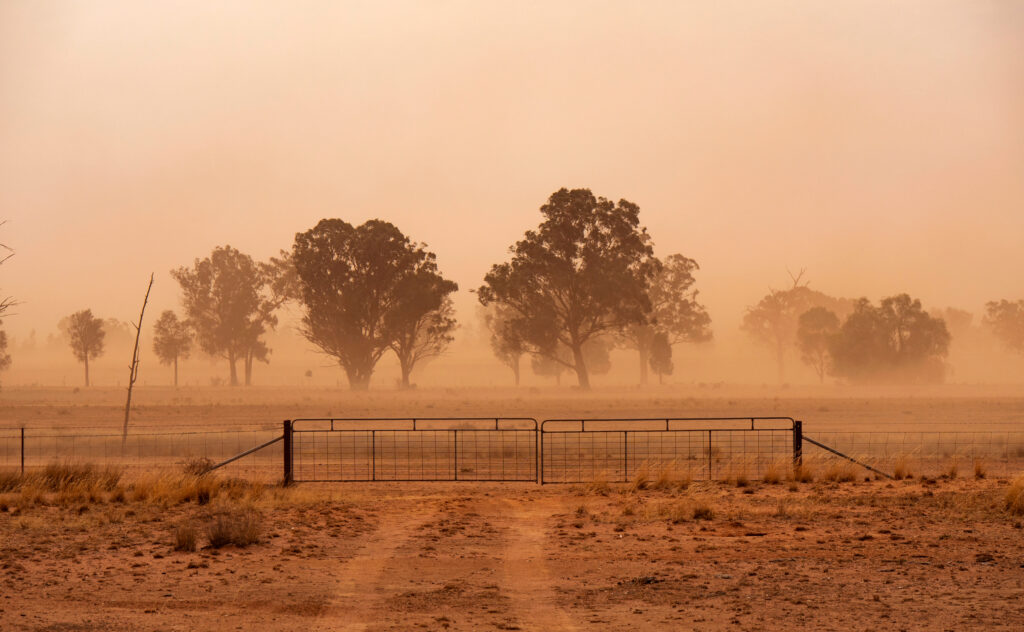
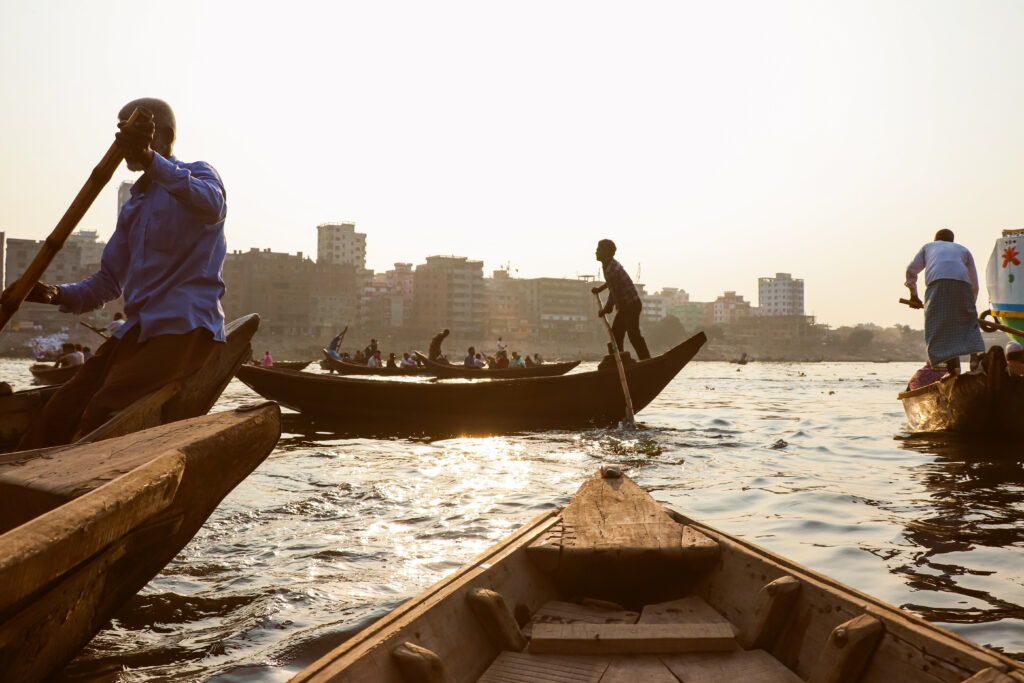
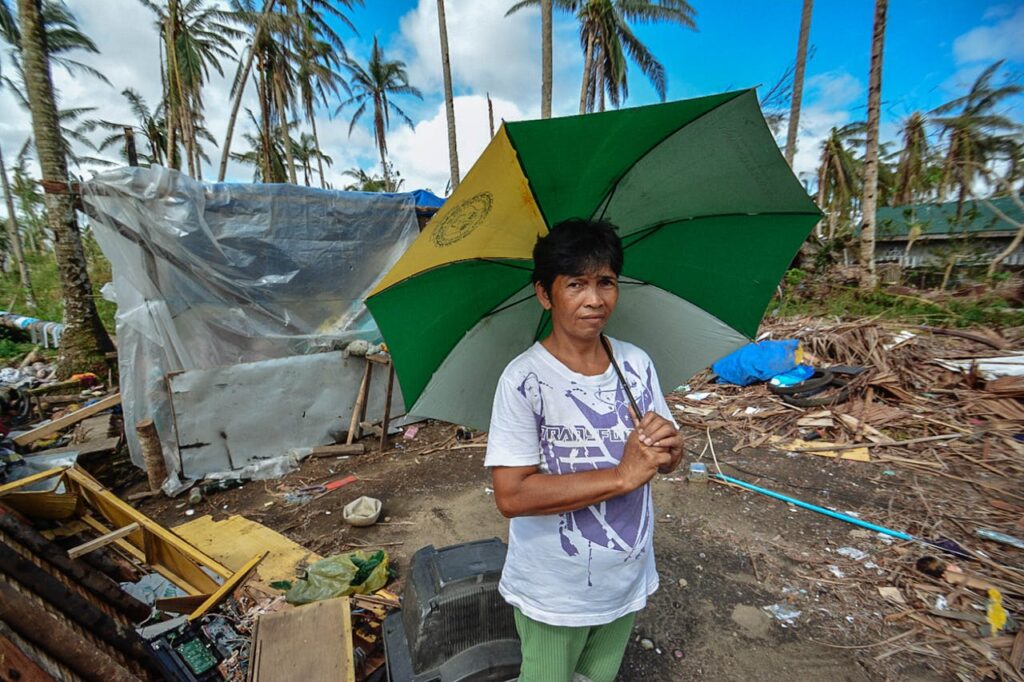
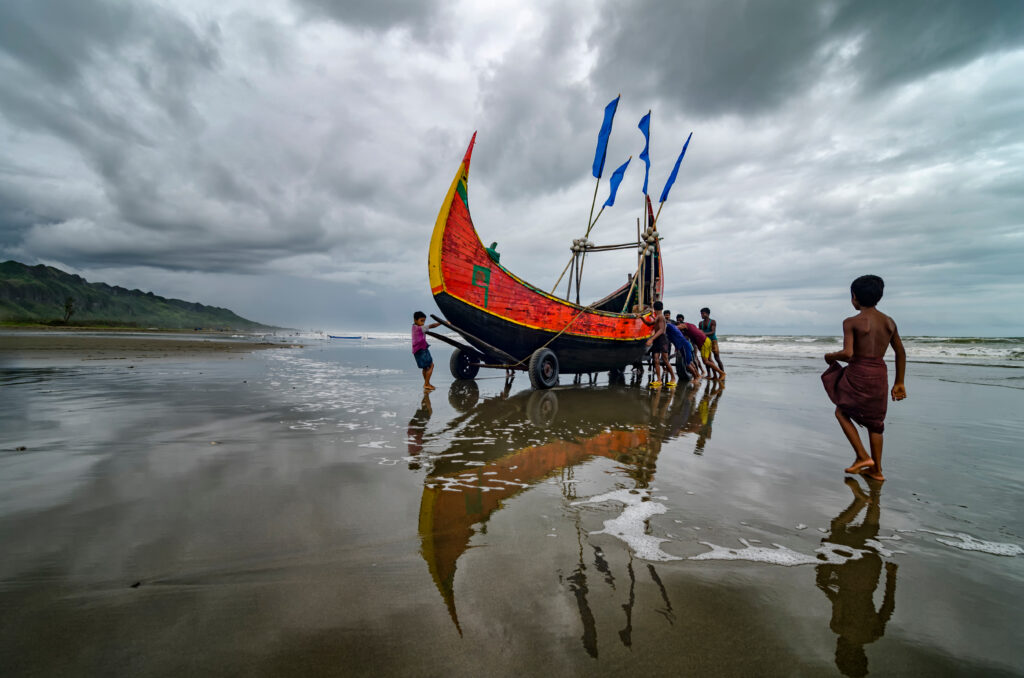




![Water Pollution: Asia’s Water Crisis [Part Three]](https://www.climateimpactstracker.com/wp-content/uploads/2025/10/shutterstock_2634934589-1024x641.jpg)

